by Drew Ellis
Cooking delicious meals is a great skill, but it’s important to prioritize safety in the kitchen. Kitchen accidents can lead to serious injuries, including burns, cuts and even fires. By following safe cooking practices, you’re creating a win-win situation: preventing harm to yourself and others while also ensuring the food you prepare is delicious and safe to eat.
Cleanliness Is Key
Wash your hands thoroughly with warm, soapy water for 20 seconds before and after handling food. Wash fruits and vegetables under running water. Keep surfaces and utensils clean with hot, soapy water or a sanitizing solution.
Separate to Prevent Contamination
Separating food in the kitchen is crucial to prevent cross-contamination, which is the transfer of harmful bacteria from one food to another. Use separate cutting boards and plates for raw meat, poultry and seafood to avoid spreading bacteria to other foods. Wash them thoroughly after each use.
Cook to Safe Temperatures
Cooking food to safe temperatures is essential to kill harmful bacteria that can cause foodborne illness. These bacteria can multiply rapidly at temperatures between 40°F (4°C) and 140°F (60°C), often referred to as the “danger zone.” Food thermometers measure the internal temperature of the food, which is the most accurate way to determine doneness. Don’t rely on appearance or cooking time alone.
Some examples of safe cooking temperatures for meats include:
- Ground meats and sausage: 160°F (71°C)
- Poultry and fowl: 165°F (74°C)
- Beef, veal, lamb (steaks, roasts, chops): 145°F (63°C)
Refrigerate Promptly
Refrigerating promptly after cooking is the cornerstone of safe food storage and preventing foodborne illness. Leaving cooked food in the “danger zone” for extended periods allows bacteria to grow to dangerous levels, increasing the risk of foodborne illness if consumed.
Prevent Kitchen Fires
Kitchen fires are the leading cause of home fires and home fire injuries in the United States, according to the National Fire Protection Association (NFPA). However, they are preventable.
Never leave cooking unattended, especially on the stovetop. If you must leave the kitchen, turn off the stovetop completely. Avoid overheating oil in pans, as it can splatter and ignite. Use proper potholders or mitts when handling hot pots and pans. Keep flammable objects like oven mitts, towels, and wooden utensils away from the stovetop and oven. Clean up spills from the stovetop immediately to prevent them from igniting.
You should also have a fire extinguisher on hand in the kitchen and know how to use it. Remember the acronym PASS for using a fire extinguisher: Pull the pin, Aim at the base of the fire, Squeeze the lever, and Sweep the nozzle across the flames.
Sharp Knife Safety
Sharp knives are safer if you know how to handle them correctly. A dull knife requires more force to cut through food. This extra force increases the chance of the knife slipping, losing control and potentially causing a cut. A sharp knife glides through food effortlessly, minimizing the risk of slipping.
There are safe practices for using sharp knives. Use the right knife for the job. Hold the knife handle firmly with a secure grip. Keep your other hand away from the blade. Cut away from yourself. You should also sharpen your knives regularly and store them safely.
Avoid Slips, Trips and Falls
Kitchens are notorious for slip-and-fall hazards. The number one rule is to clean up spills of food, grease, water and other splatters immediately. Use the right footwear and keep the floor dry. Watch for tripping hazards by decluttering your floor. Ensure you have proper lighting throughout your kitchen. Use extra caution for wet areas and consider placing non-slip mats in those locations. Slips, trips and falls can be avoided in the kitchen with these actions.
Beware of Burns
Kitchen burns are a common but preventable occurrence. Never leave pots and pans unattended on the stovetop, especially when cooking with oil or high heat. Always use oven mitts or potholders when handling hot pots, pans and oven dishes. Make sure your mitts are heat-resistant and in good condition, not worn or torn. Be aware of steam escaping from pots and pans. Use pot lids to trap steam and tilt them away from you when opening to avoid scalding. When using the stovetop, turn the pot handles inward to avoid accidentally bumping or knocking them over. By following these practices and being mindful of heat sources in the kitchen, you can significantly reduce your risk of getting burned while cooking.
Prevent Kitchen Accidents with Safe Cooking Practices
Burns, cuts and even fires can all be prevented by following basic safety guidelines. Safe cooking practices aren’t just about protecting yourself. If you share your kitchen with others, like children or pets, following safety measures helps keep everyone safe from potential hazards. In essence, safe cooking practices are an investment in your well-being and the welfare of those around you.


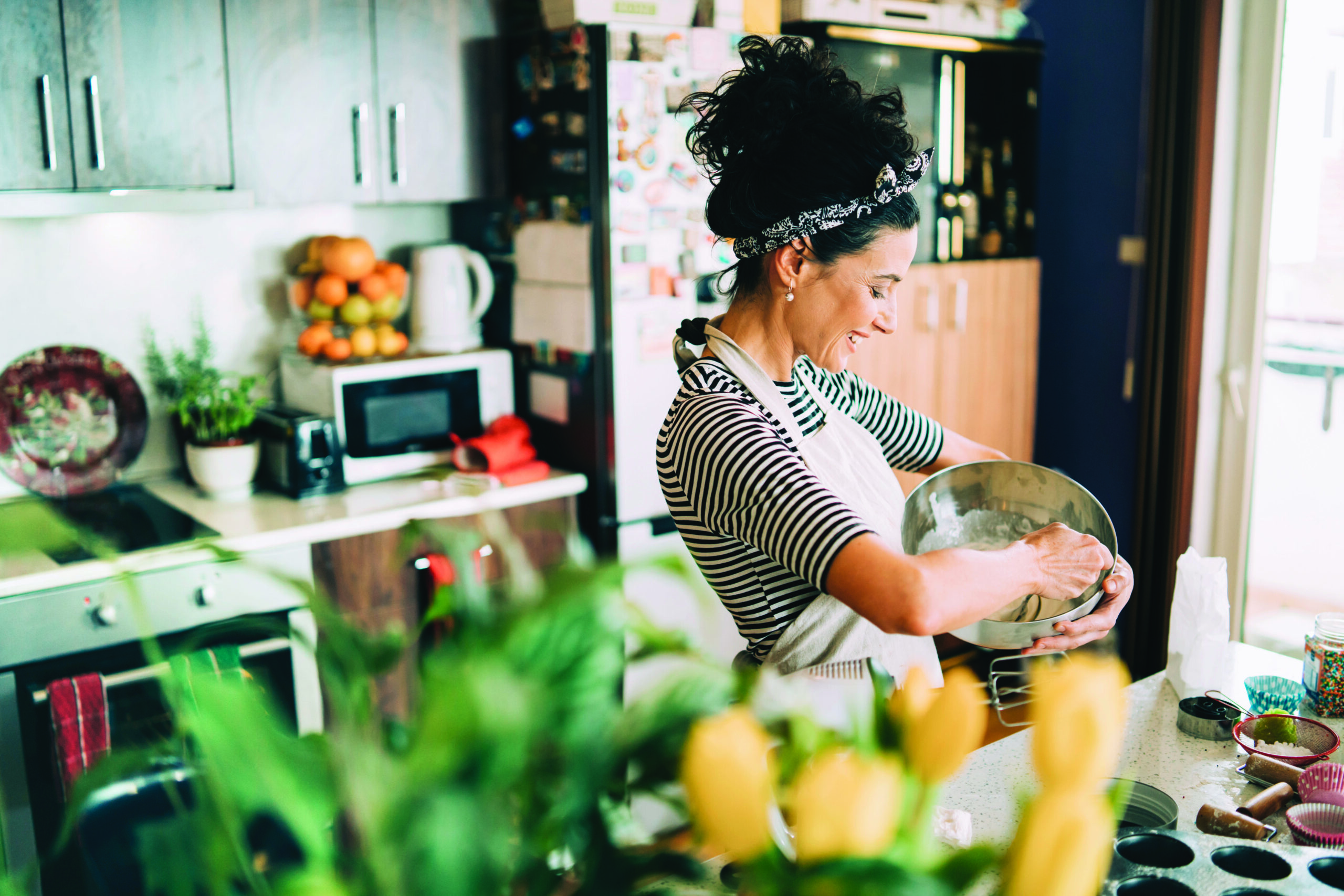
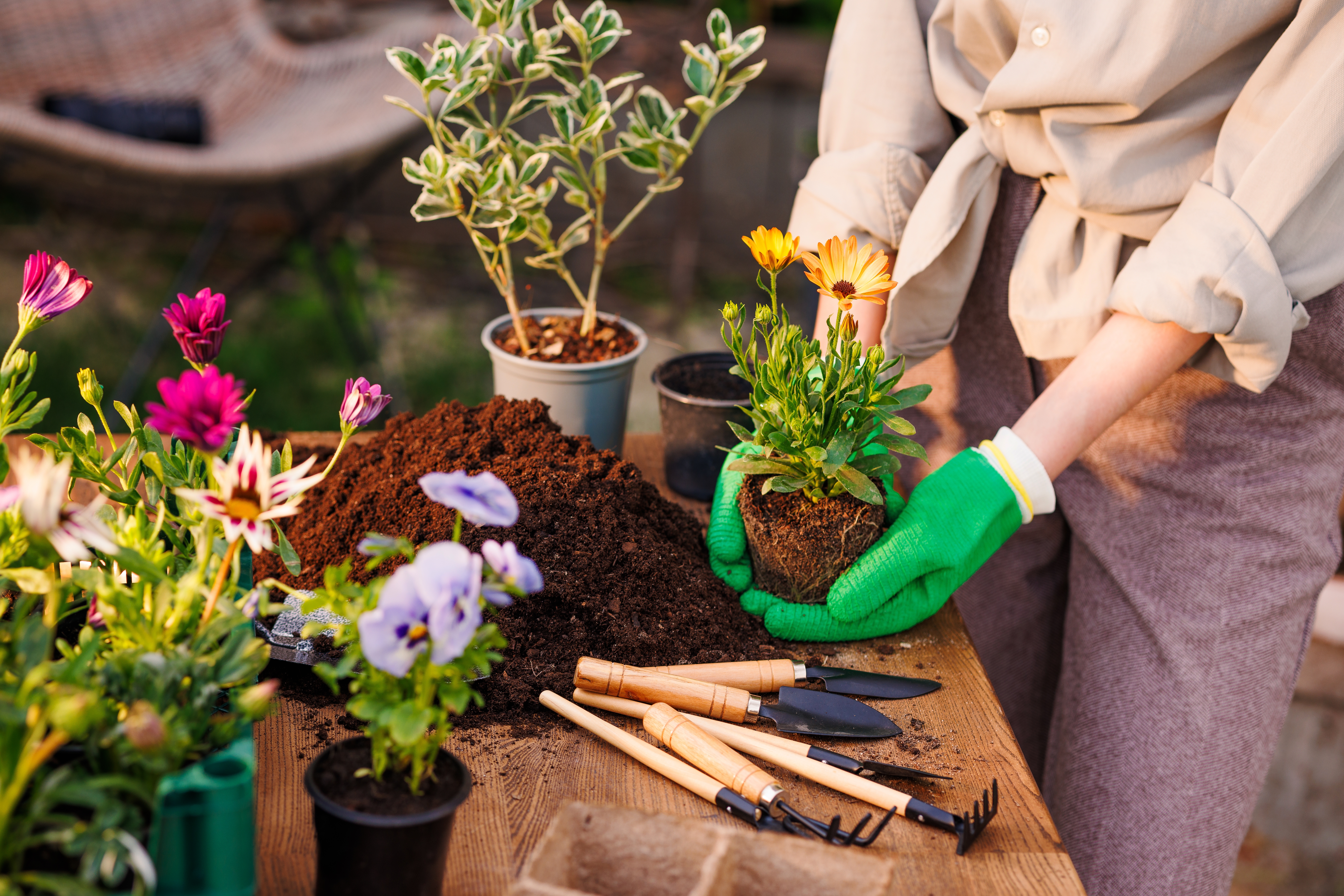
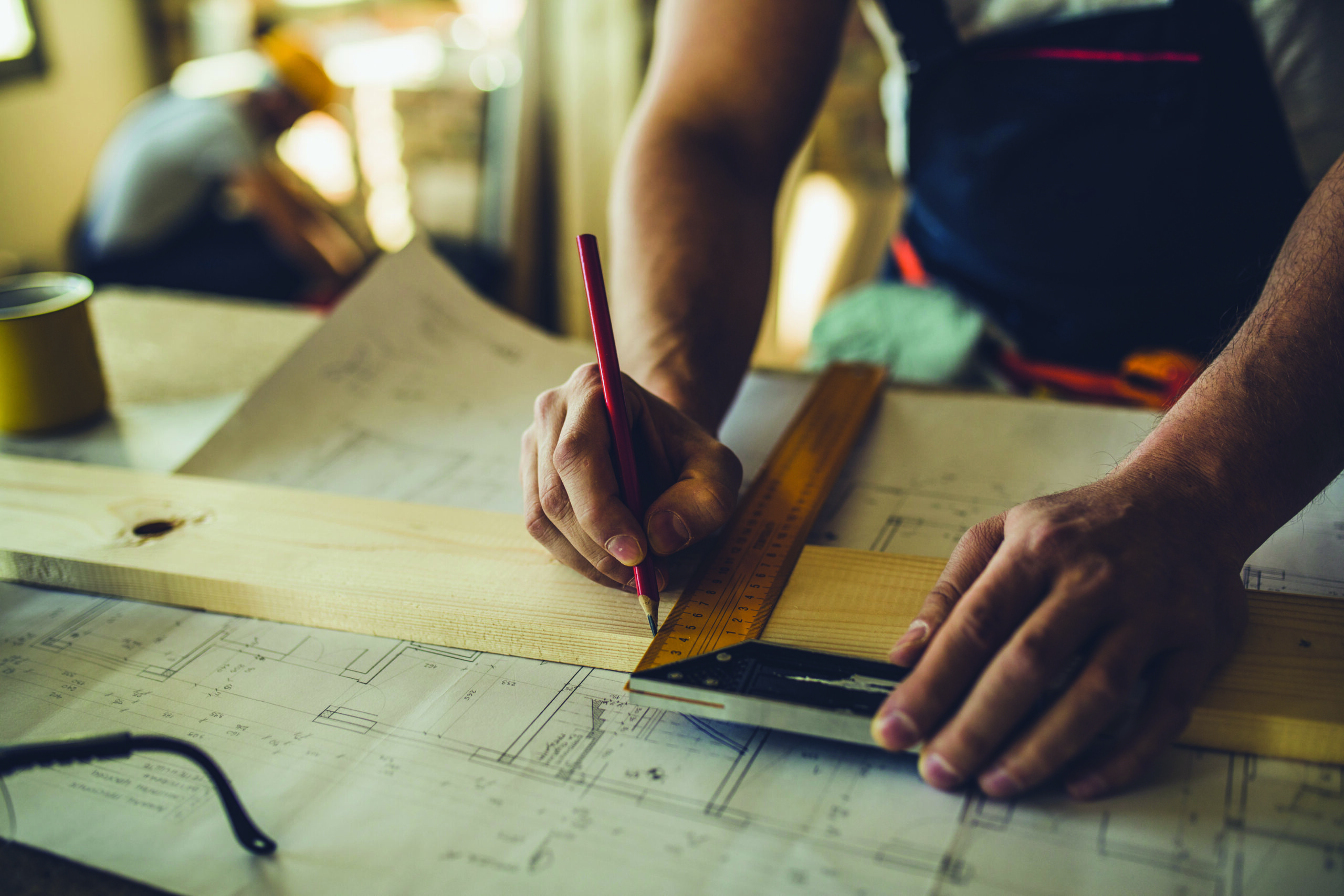
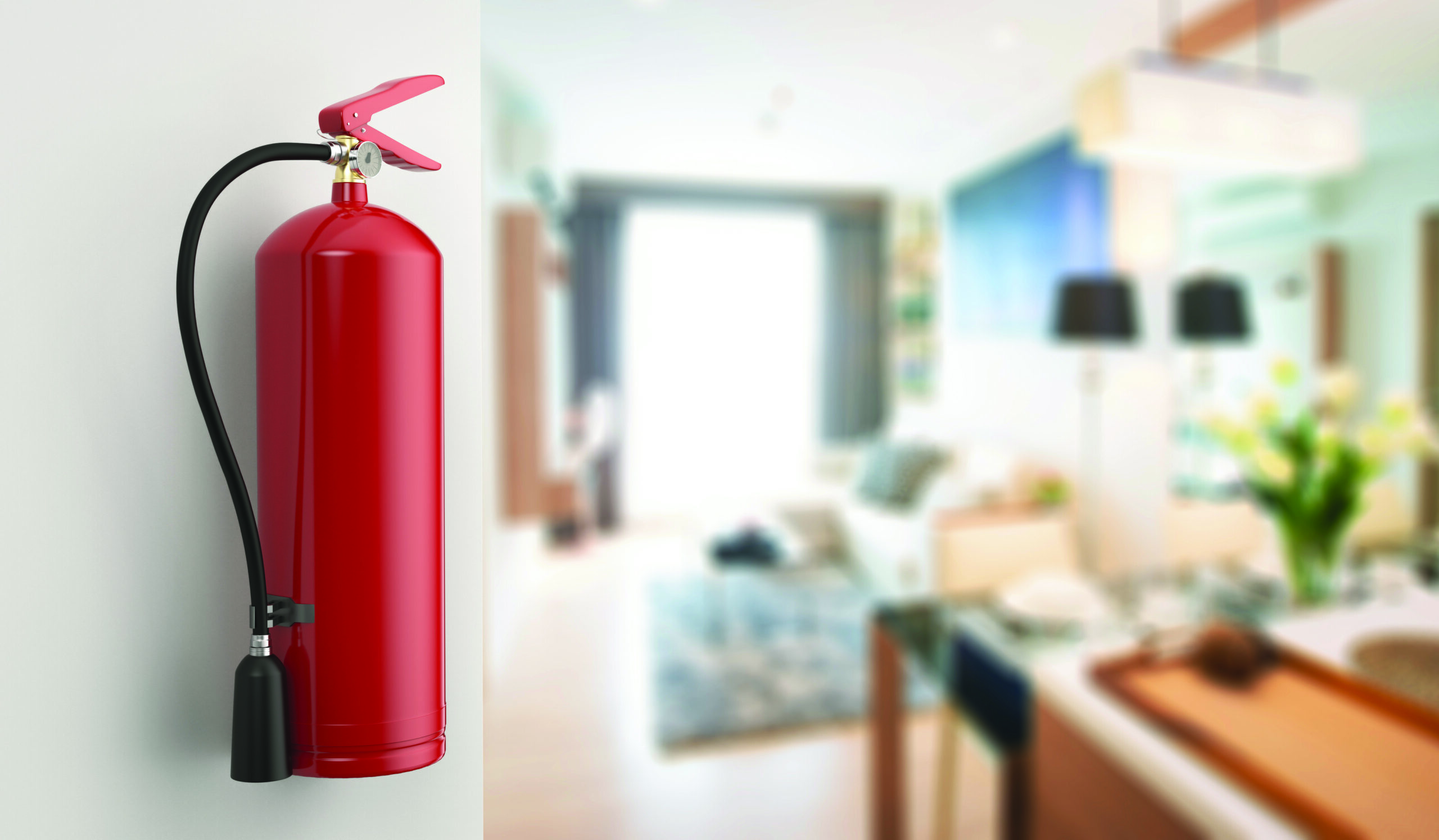
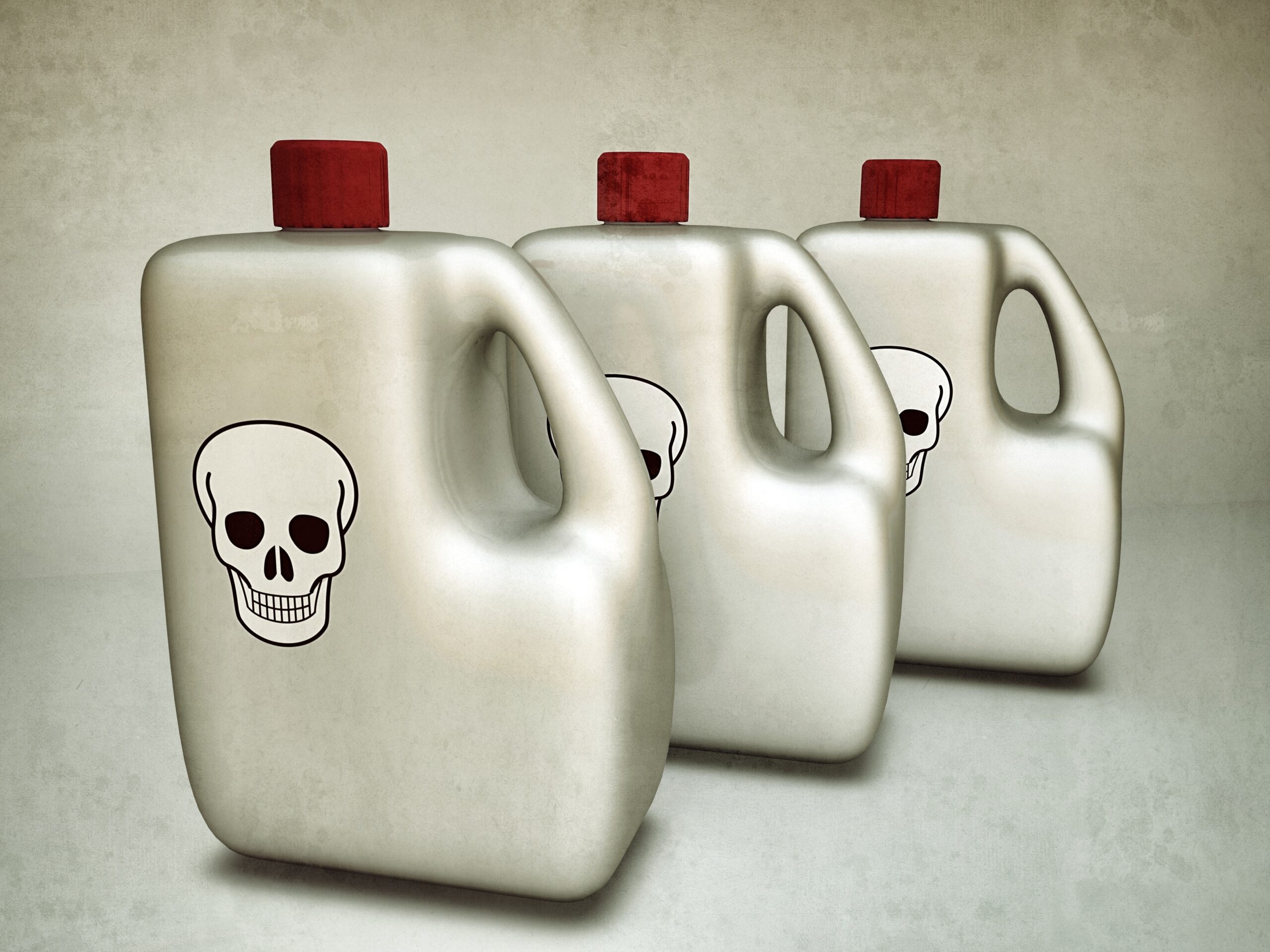
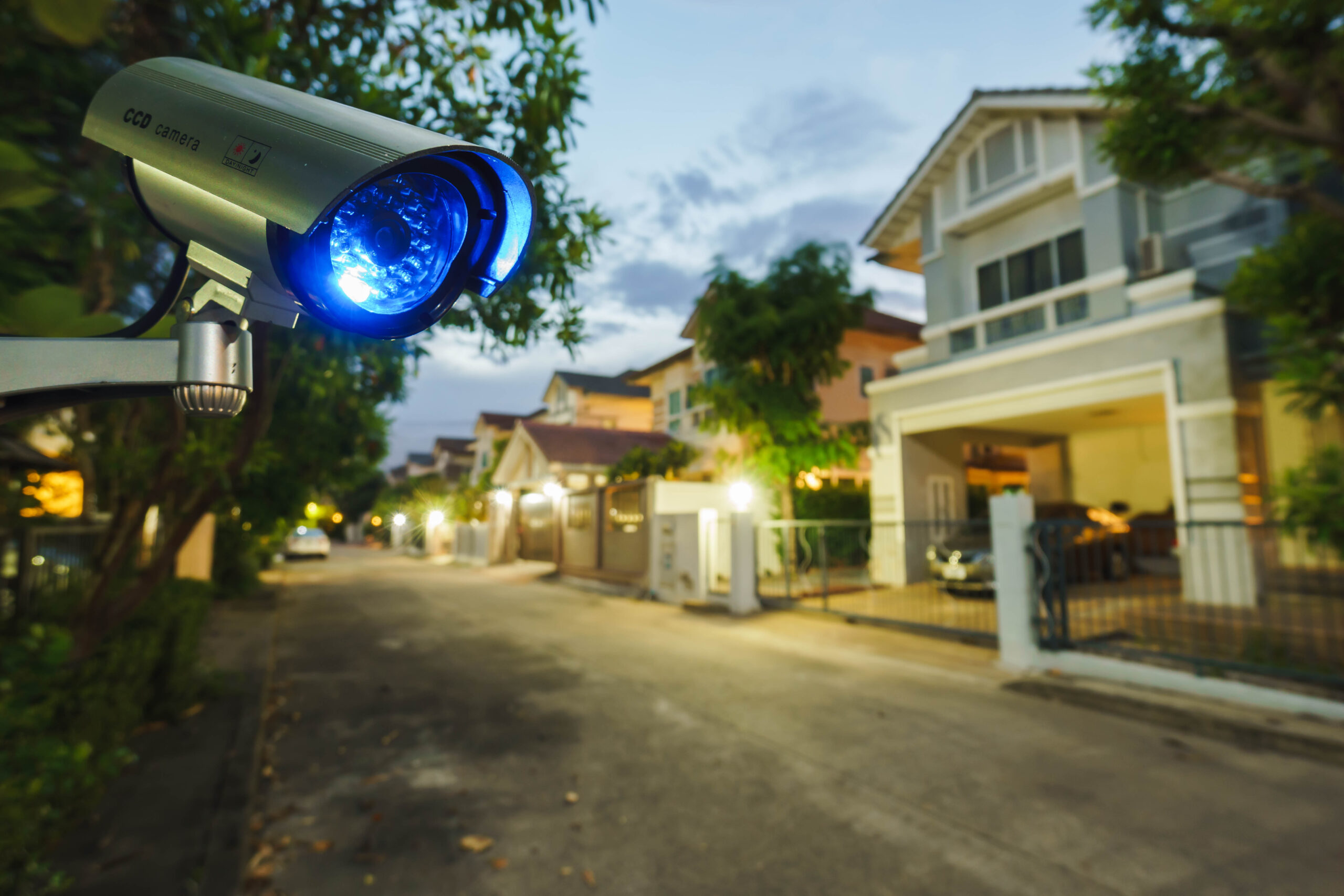
Leave A Comment